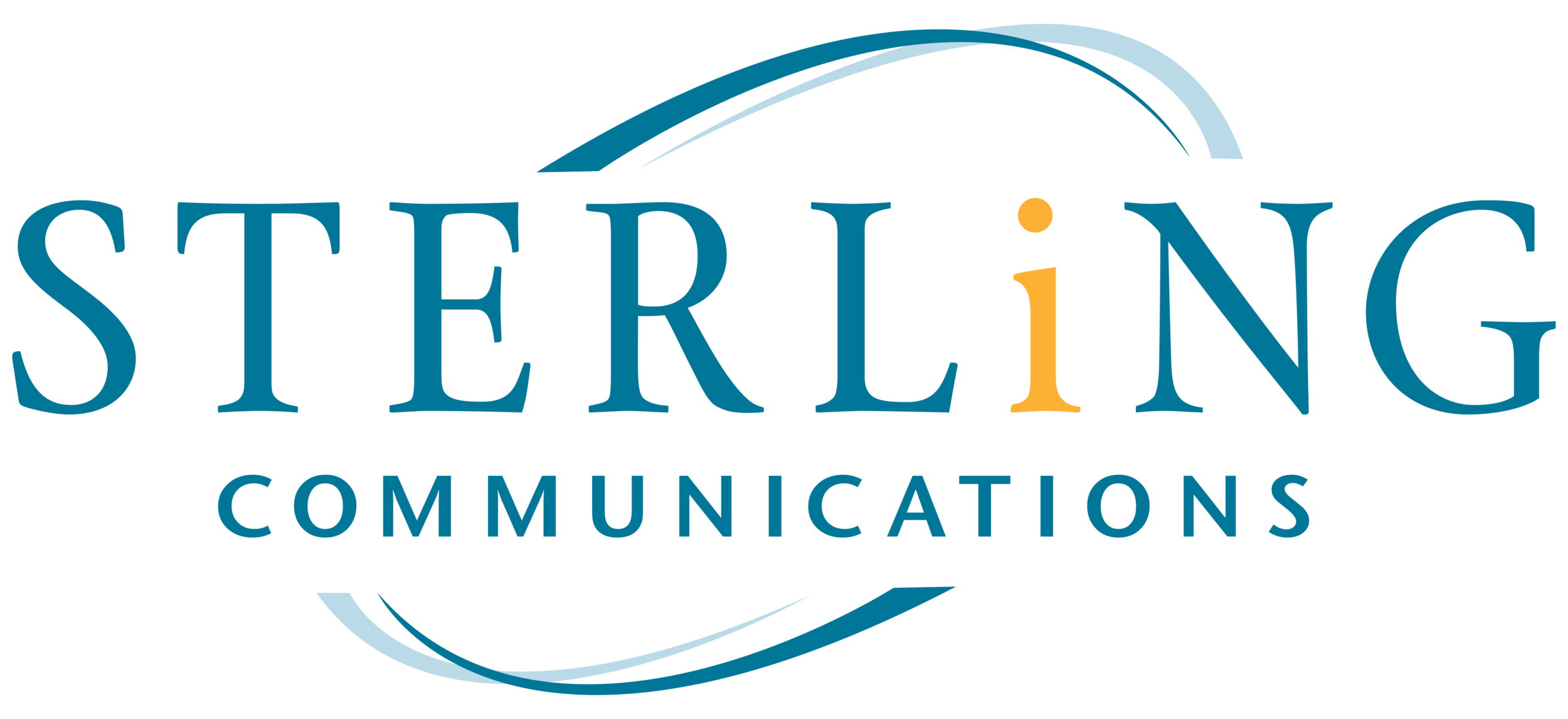Unraveling the AI Revolution
If you've been keeping up with current events, you're probably drowning in news about AI.
It feels like watching a sci-fi movie. The recent milestones in artificial intelligence have been making waves on the internet, and it feels like everyone’s talking about all the ways AI will change the world. It’s being used for everything from drafting emails to writing code, for teaching school subjects to students (and probably do their homework too, let’s be honest), create digital artwork, and even compose music. Heck, we bet there are more than a handful of articles about AI that have been written by AI!
[This one’s all human, though. We promise.]
There’s an ocean of new information out there, and it can be difficult to parse through everything that’s going on. So, we thought we’d provide a brief summary of what’s that’s happening in the world of artificial intelligence.
First of all, what even is Artificial Intelligence (AI)?
In a nutshell, AI is the simulation of intelligence in machines that are programmed to think, learn, and perform tasks like humans. It enables computers to carry out complex tasks, make decisions, and adapt to new information. It does this through a few techniques: - Machine learning: using algorithms to train machines to learn and improve from experience without being explicitly programmed. - Deep learning: a type of machine learning that involves training algorithms to recognize patterns and relationships in large volumes of data. - Natural Language Processing: using algorithms to enable computers to understand, interpret, and generate human language.
How long has AI been in development?
While the concept of artificial intelligence can actually be traced back to ancient times (Jewish folklore talks about artificial beings called golems that were endowed with consciousness), modern-day AI has its origins in the earliest computers of the mid-20th century, with pioneers like the British mathematician Alan Turing. However, computers were rare and extremely expensive back then, and it wasn’t until the 1980s that developments in deep learning allowed computers to take advantage of experience to develop new skills.
One of the highest-profile examples of AI to date occurred in 1997, when IBM’s Deep Blue computer program defeated chess world champion and grandmaster Gary Kasparov. The match was highly publicized, bringing AI to the forefront in a big way.
The last decade or so has seen AI technologies and applications expand at a tremendous pace. Virtual assistants like Siri (launched 2011), Alexa, and Google Assistant took the idea of a “smart phone” to a whole other level. Tesla made autonomous vehicles enter the limelight with their Autopilot and Full Self-Driving features. We actually use artificial intelligence more than we realize: everything from Google Translate to Spotify’s song recommendations to Instagram’s content feed all use AI for their systems and algorithms.
Now, with OpenAI’s release of ChatGPT, the spotlight on AI has increased tenfold. When they launched ChatGPT back in November, OpenAI made history with the fastest growth in a platform’s user base—100 million users in just two months.
Who are the Major Players in AI?
Mentioned above, OpenAI’s ChatGPT program (now partnered with Microsoft) allows a user to type whatever they want into the system (barring that it adheres to the platform’s usage guidelines), and they’ll get an AI generated response in return. They’ve expanded this recently to allow plugins (like reading from an uploaded PDF) and internet browsing (for more up-to-date information).
Google also recently launched its own chatbot AI system called Bard, recently showcasing it’s ability to generate not just images, but videos. Microsoft (partnering with OpenAI) announced integrations with their Microsoft Office products and their Bing search engine. Adobe just announced Adobe Firefly, which employs generative AI technology for vector graphic, image, and video generation.
Stay Tuned
Sure, It’s no K.I.T.T. from Knight Rider quite yet, but it’s doing some pretty cool stuff already. We encourage you to stay tuned in with what’s going on with AI—we believe we’re on the cusp of something remarkable. Things are moving fast, however, and it can be hard to keep up with everything that’s going on. We hope this article helped break down on what’s happening in the world of AI. In our next article, we’ll discuss the various use cases for AI as well, as well as some notable things you might find useful.
Take care!
The Sterling Team
